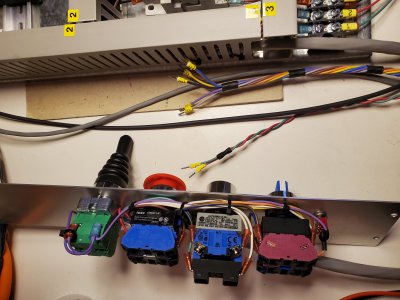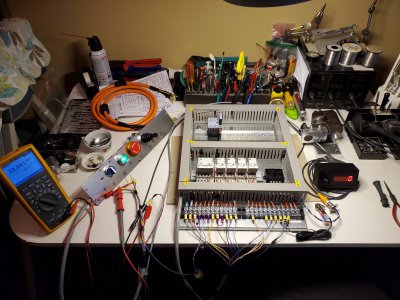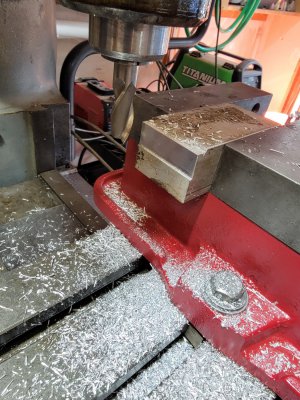- Joined
- Apr 21, 2015
- Messages
- 582
That'll work. Surprised you have to buy any, though, unless you're way better than me at throwing stuff out. I've got so many old cable modems, routers, and piles of ethernet cable laying about it's ridiculous. You might still want to run conduit (flex or otherwise) to the box anyway, so the shielding and outer wrap may be overkill.I ordered a bit of 24 sheilded cat6
For what it's worth, I've had good experience with hook-up wire kits from Remington Industries. If you expect to do any more low-voltage control wiring at all, it's handy to have a kit or two like these on hand (along with a decent wire stripper, ring and lug terminator collection, crimper, USB soldering iron, yaddah yaddah -- moar tooooolllsss!).
I tend to prefer PTFE (stiff) coating vs. silicone (floppy) coating for control wiring, but it's mostly a matter of preference. You do need better wire strippers with PTFE.
I'm also a fan of old school (and I mean OLD school) wax cord cable lacing to make wiring harnesses. Keeps things tidy, cheap as dirt, simple to learn, useful for harnesses with any number of crazy branches, and kinda retro looking. Plastic cable ties look cheap to me, and the stick-on mounts never seem to stay where they are supposed to.




